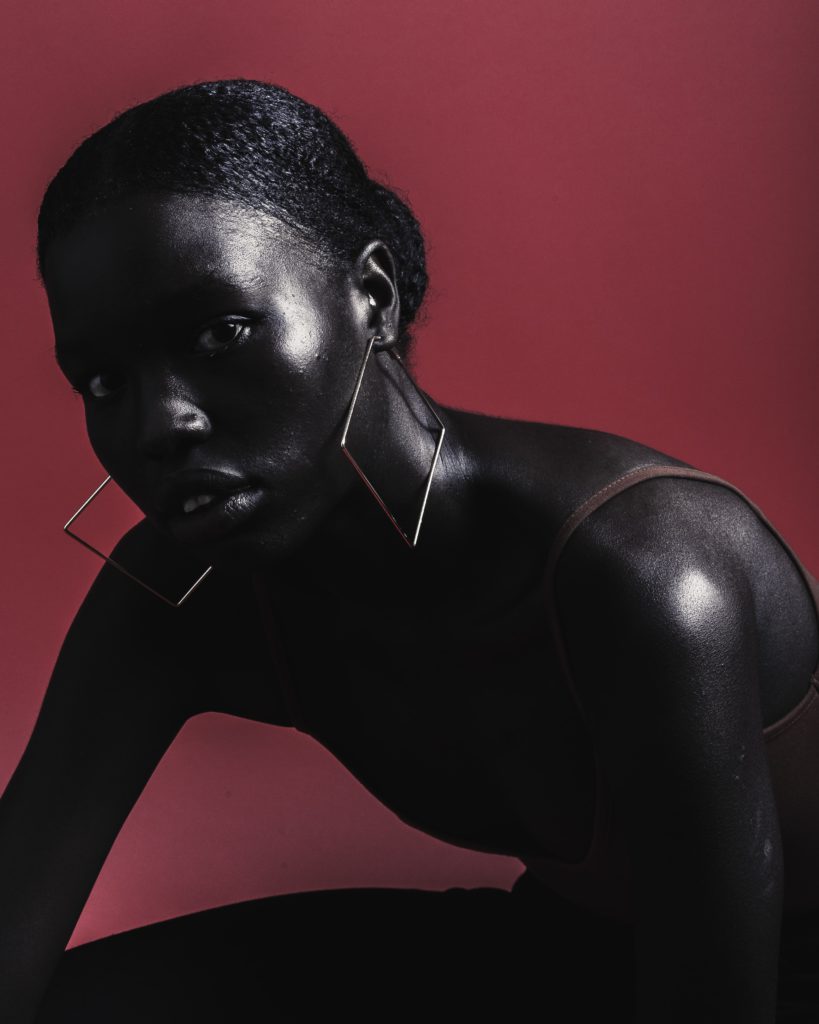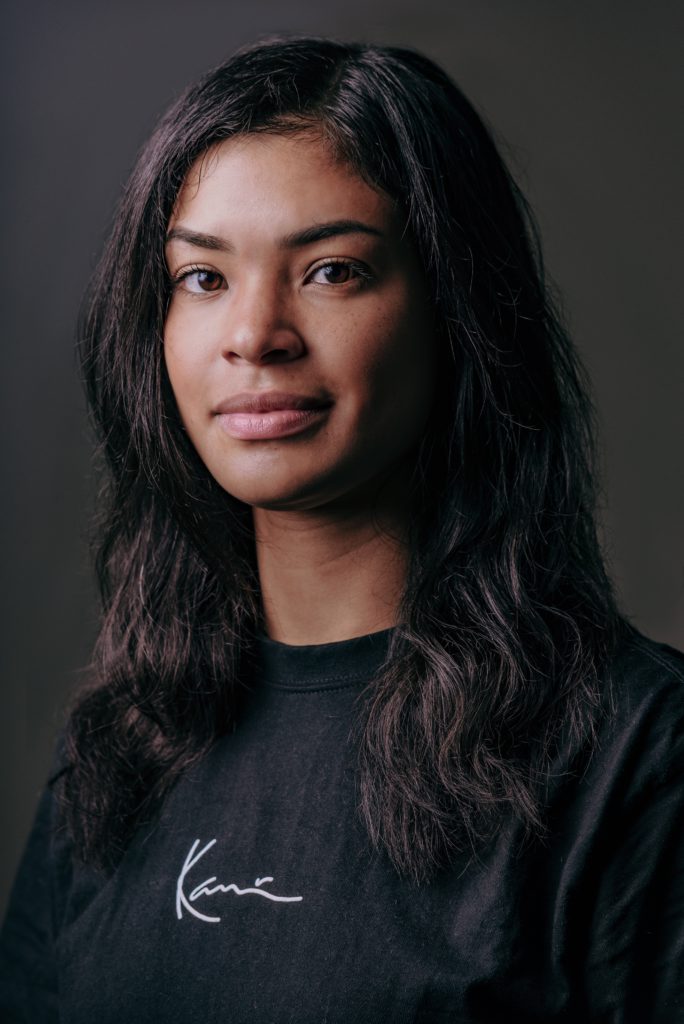Key Takeaways:
– Cross orientation, also known as mixed orientation, refers to a situation where someone experiences romantic attraction to a different gender group than they are sexually attracted to.
– Cross orientation allows for a wide range of possibilities, where individuals may have varying degrees of romantic and sexual attractions towards different genders.
– Labels such as cross-orientation can provide empowerment and community for individuals to better understand and describe their complex feelings and identities.
– Cross-oriented individuals may face difficulties due to societal assumptions and expectations rooted in heteronormativity, which often ignores or dismisses their experiences.
– Understanding that there are various types of attraction beyond romantic and sexual attraction, such as sensual, aesthetic, and platonic attraction, expands our understanding of diverse orientations.
– The experiences of cross-oriented individuals are valid, and it is essential to create space for self-exploration and acceptance.
Unveiling the Complexity of Cross Orientation
Cross orientation, also referred to as mixed orientation, describes a situation where an individual experiences romantic attraction to a different gender group than they are sexually attracted to. It acknowledges the nuanced and multifaceted nature of attraction, recognizing that romantic and sexual feelings can diverge.
For example, a person may identify as homosexual but heteroromantic, feeling sexually attracted to individuals of the same gender but experiencing romantic attraction towards those of a different gender. Similarly, someone may identify as pansexual but aromantic, indicating a sexual attraction to individuals of any gender while experiencing little to no romantic attraction.
Cross orientation provides a framework for understanding and discussing the complexities of attraction, allowing individuals to express their unique experiences and feelings beyond traditional binary categorizations.
The Significance of Labels
The use of labels to describe and identify different orientations is a topic that often raises questions and concerns. Some individuals may question the need for labels or view them as divisive, preferring to see everyone simply as human beings.
While it is valid for individuals to choose not to label their sexuality or orientation, it is equally important to respect those who find empowerment and community through labels. For many, labels provide a sense of belonging, allow for better self-understanding, and foster connections with others who share similar experiences.
Labels, including cross orientation, can serve as descriptive tools rather than prescriptive limitations. They enable individuals to articulate and communicate their feelings and experiences, helping to break free from societal constraints and limited understandings of attraction.
It is crucial to remember that labels are personal choices, and individuals should be free to define their own identities and navigate their relationships authentically.
Challenges Faced by Cross-Oriented Individuals
Cross-oriented individuals often encounter difficulties stemming from the societal expectations and assumptions rooted in heteronormativity. Heteronormative thinking perpetuates the belief that true romantic and sexual attraction are inherently aligned.
These assumptions can create challenges for cross-oriented individuals, such as:
– Being expected to enter into romantic relationships with sexual partners they may not be romantically attracted to.
– Partners feeling inadequate if they are not the subject of sexual attraction, despite being romantically involved.
– Assumptions that cross-oriented individuals are engaged in sexual relationships with their romantic partners, disregarding their differing attractions.
– Limited representation and visibility of cross-oriented experiences in media and society.
These challenges highlight the importance of understanding and affirming the experiences of cross-oriented individuals. By challenging societal assumptions and embracing diverse orientations, we can create a more inclusive and accepting environment for all individuals.
Recognizing the Complexity of Attraction
Attraction encompasses a spectrum of experiences that extend beyond romantic and sexual attraction. It is essential to acknowledge and appreciate the diverse ways in which individuals can experience attraction.
Some additional forms of attraction include:
– Sensual attraction: A deep desire to touch, hold, hug, or cuddle someone.
– Aesthetic attraction: An appreciation for someone’s physical appearance.
– Platonic attraction: An attraction that is non-romantic, often manifesting as a desire for friendship.
Recognizing and understanding these various forms of attraction allows for a broader understanding of human experiences and orientations. It creates space for individuals to explore and embrace their complex feelings without judgment or limitation.
The Infinite Diversity of Attraction
The concept of cross orientation serves as a reminder of the infinite diversity of attraction. It acknowledges that attraction can be fluid, ever-evolving, and highly individualized.
As individuals, we have the freedom to define our own experiences and feelings, even if they are complex or challenging to articulate. Society may attempt to fit us into heteronormative boxes, but it is crucial to remember that we have the right to be true to ourselves.
Embracing the complexity of attraction, including cross orientation, invites us to celebrate the diversity of human experiences and promote acceptance and understanding. By creating an environment that embraces and respects individual orientations, we foster a society that values authenticity and supports the journey of self-discovery.
Remember, your feelings and experiences are valid, regardless of societal expectations or limitations. Embrace your unique orientation, explore your attractions, and prioritize your own well-being and happiness.









